Chaumont-sur-Loire to Amboise
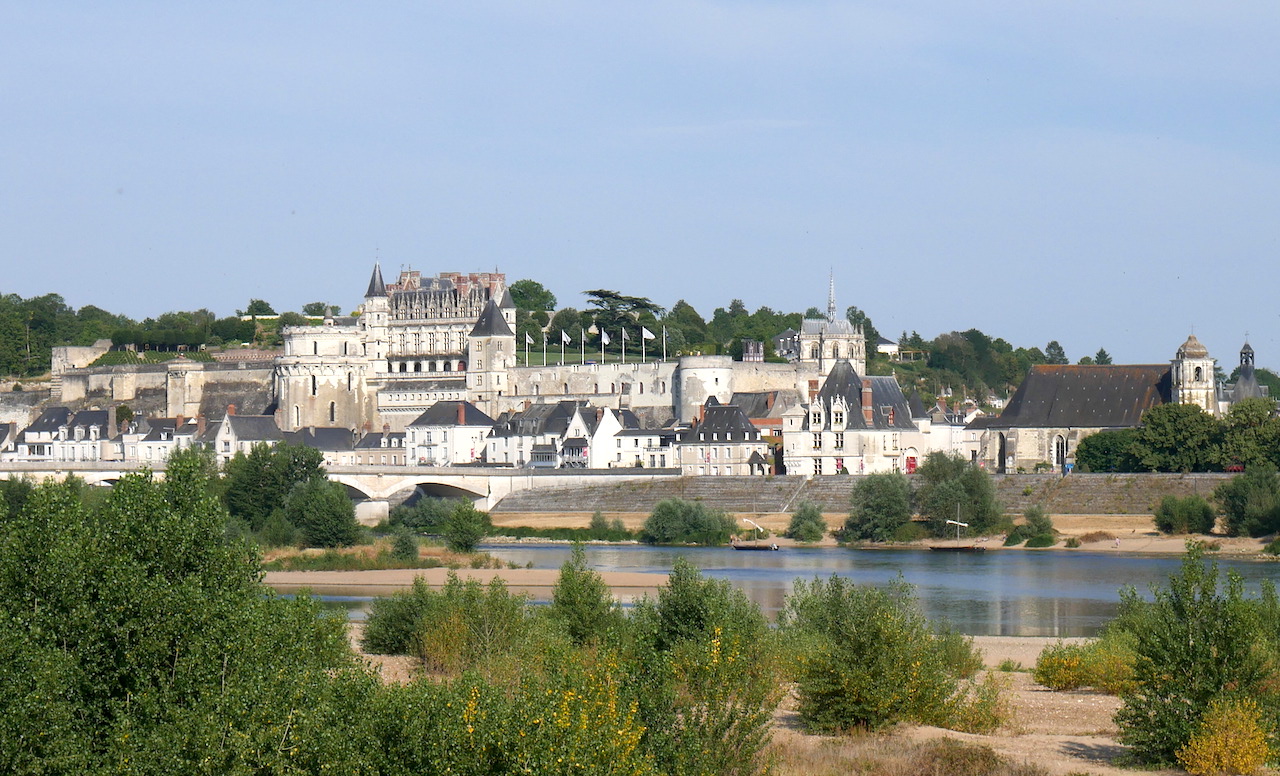
Centre-Val de Loire
7. Chaumont-sur-Loire to Amboise
Medium
5h
19,8km
+220m
-231m
Step
Embed this item to access it offline
As soon as you leave Chaumont-sur-Loire you enter the Touraine vineyards. Vines and cereal fields alternate during this stage. In Rilly-sur-Loire, the topography of the site will take you down along the Loire river to go back up on the plateau. The heritage of the town of Amboise awaits you at the arrival of this stage.
5 points of interest
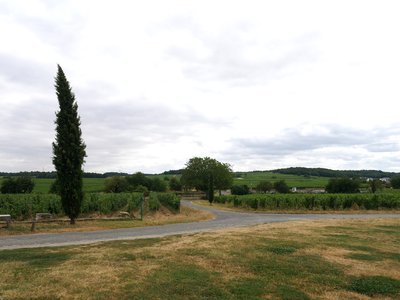
Vignoble de Touraine sur le plateau de Montsoreau - Amis saint Colomban PanoramicTouraine vineyard
The Touraine wine is a wine of controlled appellation of origin produced in part of the departments of Indre-et-Loire and Loir-et-Cher.
Classified as an appellation d'origine contrôlée by the decree of 24 December 1939, the vineyard extends over approximately 5,300 hectares within the departments of Indre-et-Loire and Loir-et-Cher for a total of 70 communes.
The white wines are made from Chenin (locally called Pineau de la Loire), Sauvignon and Arbois. The wines made from Sauvignon are dry and lively with aromas similar to blackcurrant. The whites of Touraine are dry, quite firm, lively and full and hold well in the bottle.
The red wines are vinified from Cabernet Franc, Cabernet Sauvignon, Pinot Noir, Pinot Meunier, Pinot Gris, Pineau d'Aunis and Gamay.
More information: Wikipedia
Château-Gaillard et son parc Amboise - www.touraineloirevalley.com HistoricalChâteau-Gaillard in Amboise
Built in Amboise by the young King Charles VIII in 1496, Château-Gaillard was the site of the First Renaissance Gardens in France and the home of Dom Pacello de Mercogliano.
In the heart of the Loire Valley castles, the "most famous gardener of Europe in 1500" acclimatized the first orange trees of France and created the Queen Claude plum, the orange boxes, the hot greenhouses, the perspective of the gardens.
The site of Château-Gaillard, Dom Pacello's experimental laboratory, took the name of "Jardins du Roy" in 1500. François 1er offered Château-Gaillard to his "dear and beloved Pacello" in exchange for an extremely rare annual bouquet of orange blossoms.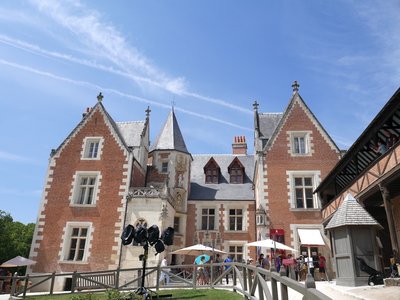
Façade coté parc du Clos Lucé Amboise - Amis saint Colomban HistoricalChâteau du Clos Lucé in Amboise
The Château du Clos Lucé, formerly known as the Manoir du Cloux, was a former fiefdom belonging to the Château d'Amboise. The land of Lucé was annexed to the Clos as early as the 14th century.
This estate passed shortly afterwards into the hands of the nuns of the priory of Moncé, who sold it, by deed of 26 May 1471, to Étienne le Loup, adviser to King Louis XI and bailiff of Amboise. As the buildings fell into ruin, it was he who gave the Clos Lucé its present appearance, with "its square tower, its watchtower, connected to the right wing of the building by a covered gallery, (...) its walls soon pierced with Gothic windows".
In 1516, at the age of 64, Leonardo da Vinci left Rome and crossed Italy, bringing in his leather bags all his sketchbooks and three famous paintings: The Mona Lisa, The Virgin, the Child Jesus and Saint Anne and Saint John the Baptist. These three paintings are now kept in the Louvre Museum. His disciples Francesco Melzi and Salai accompanied him to France, along with his servant, Batista de Vilanis. According to Benvenuto Cellini, the king gave him a pension of 700 gold ecus.
More information: Wikipedia
To visit the Château du Clos Lucé - Parc Leonardo di Vinci is open all year round, every day without interruption (except 1st January and 25th December). From 10 am to 6 pm. The landscaped route is presented in its entirety throughout the high season.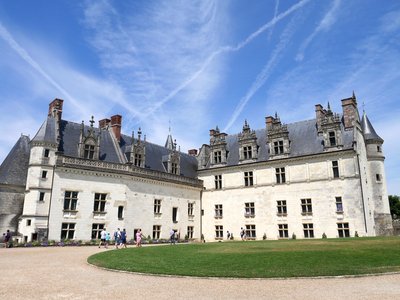
La cour du château d’Amboise - Amis saint Colomban HistoricalAmboise Castle
Palace of the kings of France during the Renaissance, the royal castle is at the heart of the commemorations of the fiftieth centenary of Leonardo da Vinci (1519-2019) whose burial place it houses.
For nearly two centuries, the history of the royal castle of Amboise has been intimately linked to the great History of France. Grandiose palace of kings Charles VIII and François I during the Renaissance, the burial place of Leonardo da Vinci.
For all our visitors, it is an exceptional testimony to the profound changes that took place in Europe in the 15th and 16th centuries. A total expression of luxury and the French art of living, the Château d'Amboise is also a unique and monumental balcony, open at 360° over landscapes listed as World Heritage of Humanity.
Information to visit the castle of Amboise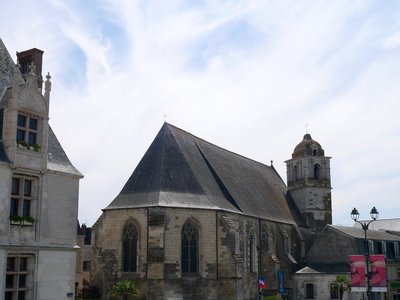
Église Saint-Florentin Amboise - Amis saint Colomban TouristSaint-Florentin Church in Amboise
Church built on the order of Louis XI who, for fear of contagion, no longer wanted the inhabitants to go up to the collegiate church of the castle. It was consecrated in 1484. The apse is located on the fortifications of the town. The bell tower, in the north-west corner, is decorated with a Renaissance dome of the 16th century. The nave ends with a three-sided apse. The south door is adorned with an archivolt topped by an embrace accompanied by two pilasters that supported missing statues. The interior was transformed in 1876: wooden vault replaced by a stone vault; the single nave was divided into three. The stained glass windows of the choir and the nave were made in 1956 by Max Ingrand. The son of François I and Queen Claude, born in 1518, was baptized in this church.
The church is open to the public and temporary exhibitions are presented there.
Description
From the church of Chaumont-sur-Loire, continue along the banks of the Loire on the road that runs alongside the D 751 towards Amboise. Cross the D 751, take the asphalt road.
- In a bend to the left take the dirt road to the right, at the crossroads to the left then to the right, chemin des Baudries, at the crossroads to the right go down to Rilly-sur-Loire, in the centre of the village, to the left, go up D 28A, route de Vallières.
- Second street on the right, straight ahead, chemin des Moineaux, straight ahead at the crossroads of Pressoir Blineau, on the right go down to La Godinière, chemin de la Cote, les Rouchets, at the crossroads on the left, route de la Godinière, straight ahead cross the D 123, route des Montils for 2,500 metres.
- Rue de la Salandière, cross Artigny, rue de la Résistance, exit Artigny, tarred road on the left, rue des Têtes Noires, at the water tower on the right, first street on the left, rue du Clos du Saule
- Left, rue de la République, at the crossroads straight ahead, rue des Fauchelleries, at the crossroads straight ahead, rue des chaumières.
- Stay on your left, rue de Bel-Air, at La Mothe turn right, rue de la Malonnière go down towards Amboise at the crossroads straight on rue Victor Hugo, place Michel Debré you arrive at the Saint-Florentin church.
- Departure : Saint-Nicolas Church, Rue Maréchal De Lattre, 41150 Chaumont-sur-Loire
- Arrival : Saint-Florentin Church, Placette Florentin, 37400 Amboise
- Towns crossed : Centre-Val de Loire
Altimetric profile
Transport
Gare d’Amboise on the right bank of the Loire
Report a problem or an error
If you have found an error on this page or if you have noticed any problems during your hike, please report them to us here:








